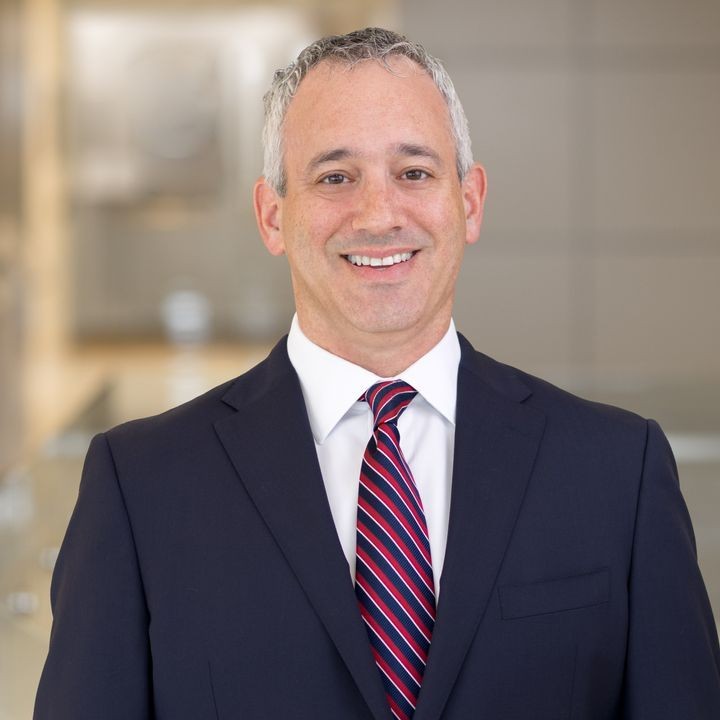CMS Finalizes Contested Rule on Nursing Home Staffing and Facility Assessments
Client Alert | 5 min read | 05.16.24
On May 10, 2024, the Centers for Medicare & Medicaid Services (“CMS”) published a Final Rule that, for the first time, imposes national minimum nurse staffing requirements for nursing homes. Specifically, the standard adopted by CMS requires minimum staffing of 3.48 hours per resident day (“HPRD”), as discussed in more detail below. CMS estimates that the new requirements will cost facilities $43 billion over the next 10 years, which is more than the $40.6 billion cost that CMS estimated for Proposed Rule of 3.0 HPRD. Some industry sources estimate that less than 25% of nursing facilities across the country currently meet the full scope of staffing standards laid out in CMS’ Final Rule due to a myriad of factors including labor shortages and increasing wage pressures. Indeed, the impact and cost of these staffing requirements will vary significantly by state. For example, CMS reported that at least one state will need to increase certain staff by nearly 96% to meet the minimum standards, while other states already meet the requirements.
Staffing Requirements: CMS’ final staffing requirement of 3.48 hours per resident day (“HPRD”) represents a significant increase from the 3.0 HPRD that CMS initially contemplated under its September 2023 Proposed Rule (discussed at length in this Client Alert) but lower than the 4.1 HPRD recommended in a 2001 third-party study commissioned by CMS and often cited in government enforcement actions. The 3.48 HPRD must include at least 0.55 HPRD of care from registered nurses (“RNs”) and 2.45 HPRD of care from nurse aides. Facilities may use any combination of nurse staff, including RNs, licensed practical nurses, licensed vocational nurses, or nurse aides to account for the additional 0.48 HPRD needed to comply with the total nurse staffing standard. Nursing homes must also have an RN onsite 24/7 available to provide direct skilled nursing care.
Enhanced Facility Assessments: CMS also finalized enhanced facility assessment requirements as it initially proposed. For example, the Final Rule requires facilities to use assessments to determine the specific needs of each unit, which CMS does not have insight into based on the staffing data that facilities submit to CMS. The Final Rule also requires facilities for the first time to develop and maintain a plan to maximize staff recruitment and retention.
Phased Implementation: CMS finalized a staggered schedule for implementing the staffing and assessment requirements, which provides additional time for facilities to meet the Phase 1 requirements compared with the Proposed Rule. Facilities must implement the above changes on the following timeline:
- Phase 1 — Within 90 days of the Final Rule publication (by August 10, 2024), facilities must meet the facility assessment requirements.
- Phase 2 — Within two years of the Final Rule publication (May 2026) (May 2027 for rural facilities), facilities must meet the 3.48 HPRD total nurse staffing requirement and the 24/7 RN requirement.
- Phase 3 — Within three years of the Final Rule publication (May 2027) (May 2029 for rural facilities), facilities must meet the 0.55 RN and 2.45 NA HPRD requirements.
Hardship Exemption: Acknowledging that some facilities may still be experiencing challenges in hiring and retaining certain nursing staff because of local workforce unavailability, CMS finalized proposed hardship exemptions from compliance with the HPRD and 24/7 onsite RN requirements, with some modifications from the Proposed Rule. To qualify for a temporary hardship exemption, facilities must demonstrate that they meet specific criterion set forth in detail in the Final Rule for staffing unavailability in the area, financial commitment to staffing, and good faith hiring efforts. For example, the facility must provide documentation of (i) good faith efforts to hire and retain staff, such as through job postings, the number and duration of vacancies, job offers made, and competitive wage offerings; and (ii) the facility’s financial commitment to staffing, including the amount the facility expends on nurse staffing relative to revenue. Eligibility will be determined by CMS on a case-by-case basis.
Workforce Programs: Likely in further recognition of the nationwide shortage of nursing staff and, in particular, nursing staff willing to work in nursing homes, CMS reiterated that it would invest over $75 million to launch a national nursing home staffing campaign aimed at supporting the recruitment, training, and retention of nurses and will include financial incentives for nurses to work in nursing homes and partnerships with states to bolster recruitment. CMS anticipates these financial incentives will begin to be distributed in 2025.
State Staffing Rules: Although the Final Rule represents the first nationwide minimum staffing requirement, facilities must also consider applicable state requirements, some of which may be higher than the new federal standard. For example, New York and California both currently require 3.56 HPRD.
Enforcement: Facilities that fail to comply with the Final Rule may be subject to one or more enforcement actions by CMS or the applicable state. Examples of potential enforcement actions include, but are not limited to, termination of the facility’s provider agreement, denial of payment for all new Medicare or Medicaid admissions, civil monetary penalties, state monitoring, or resident transfers with or without facility closure.
What remains to be seen is how aggressive CMS will enforce the new requirements if wide-spread staffing shortages continue during the phased implementation of the requirements. Recently, two state regulators have altered enforcement of their staffing requirements in recognition of staffing shortages. In New York, the State Department of Health determined, in June 2023, that an “Acute Labor Supply Shortage” in nursing homes existed in every region in the state for the same time period as the assessed shortages. Two months later, in August 2023, the State Department of Health issued its first notifications of noncompliance with New York’s staffing requirements, noting that continued noncompliance could result in fines of $2,000 per day. However, every facility can use the Acute Labor Supply Shortage determination as a mitigating factor for any non-compliance citations. Similarly, in Rhode Island, the governor signed an executive order suspending all fines for noncompliance with state staffing requirements, noting that since 2020, Rhode Island nursing homes have lost 20% of their workforce and 70% of nursing facilities were out of compliance with staffing requirements in the second quarter of 2022, which would have resulted in fines of more than $11.4 million.
***
If you have any questions or would like additional information about the Final Rule, including compliance with the nursing home minimum staffing requirements or determining eligibility for the hardship exemption, please contact our authors below.
Insights
Client Alert | 3 min read | 04.23.25
Auto Dealers: Buckle-Up Enhanced State-Level Enforcement Ahead
The Fifth Circuit vacated the FTC’s Combatting Auto Retail Scams (CARS) Rule in January of this year, finding that the FTC failed to follow the correct administrative procedures when it promulgated the regulation.
Client Alert | 2 min read | 04.23.25
Client Alert | 11 min read | 04.23.25
Client Alert | 4 min read | 04.23.25






